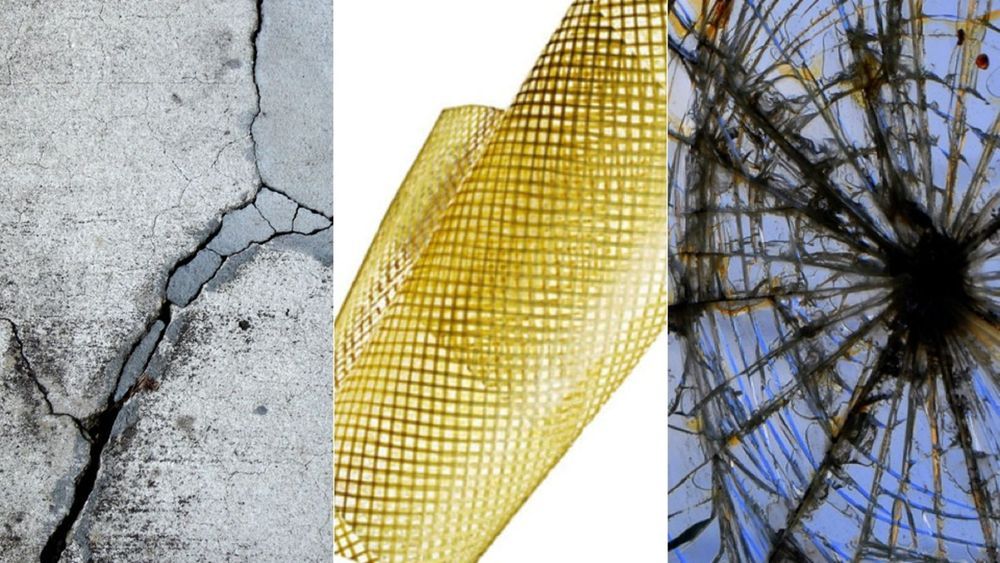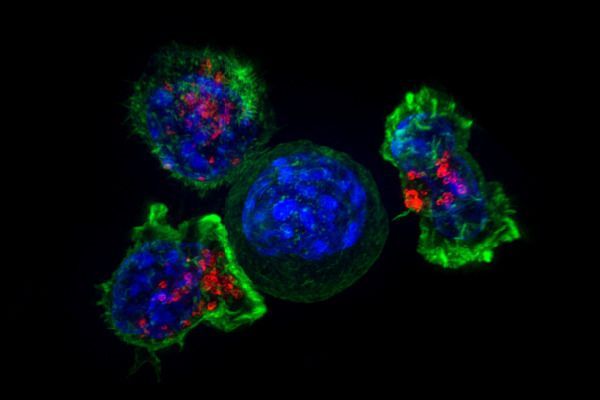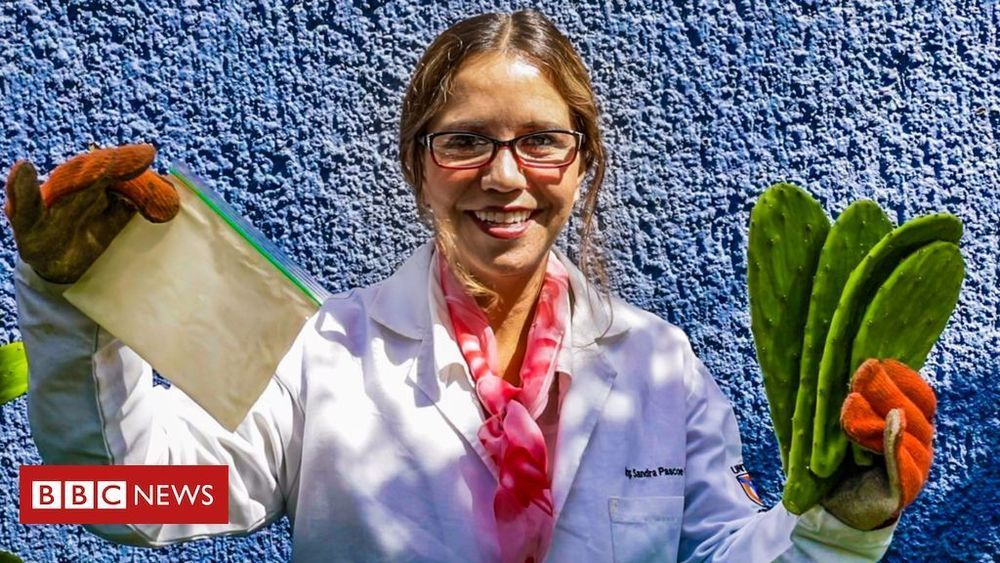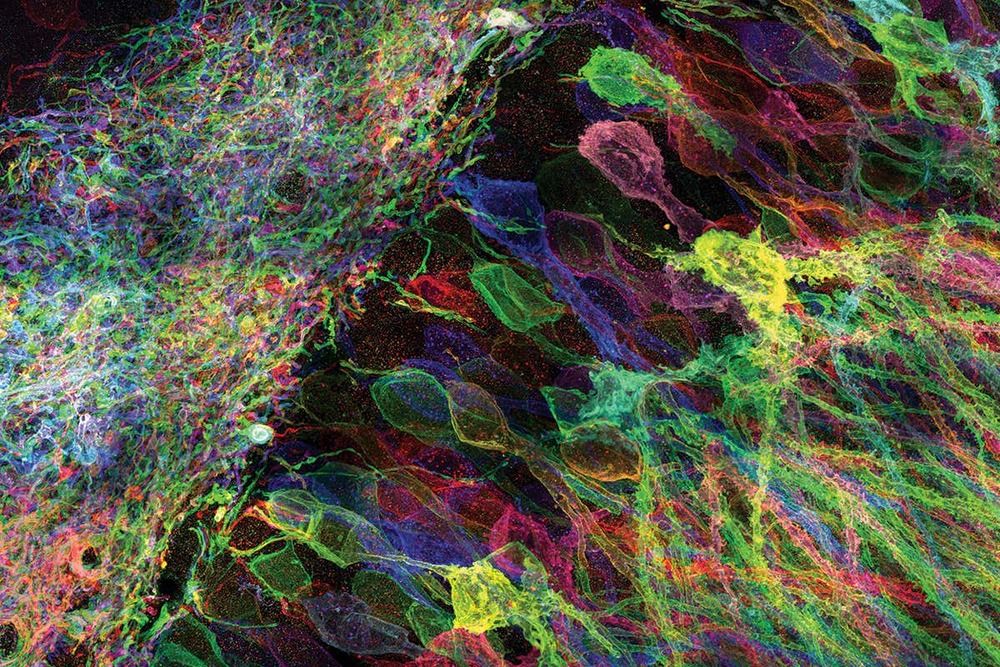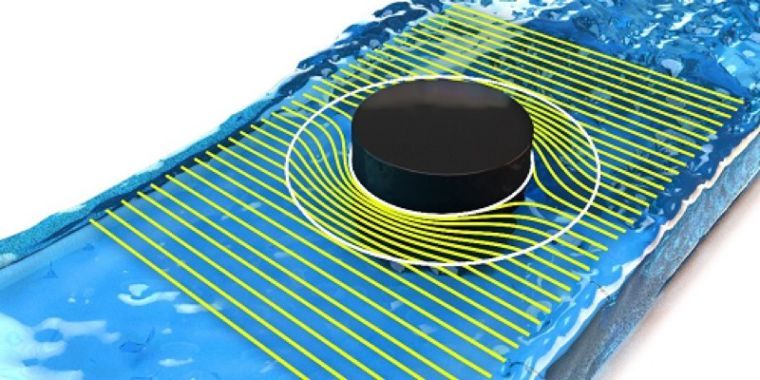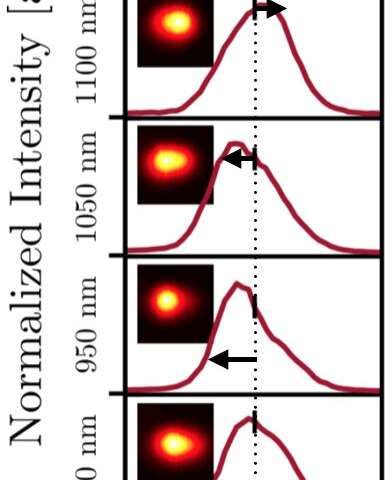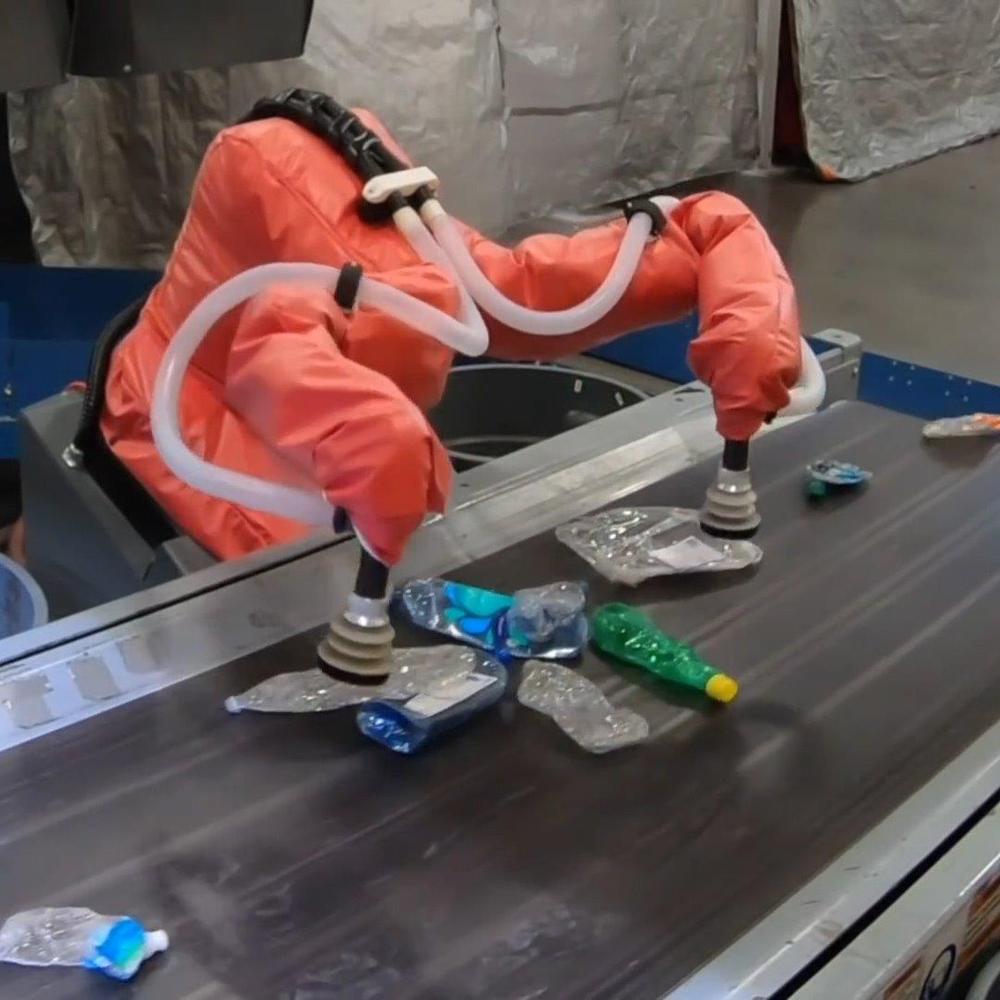Aug 23, 2019
The Bomb-Proof Miracle Materials That Will Make the Future Safer
Posted by Quinn Sena in categories: futurism, materials
Circa 2013
When a bomb explodes, you can’t outmaneuver it; you probably can’t even take cover quickly enough to protect yourself. Instead, you have to hope that there’s something—anything—already in the way that can shield you from the blast. Here are five of the best future bomb-proof materials that could end up saving lives in our increasingly uncertain future.
